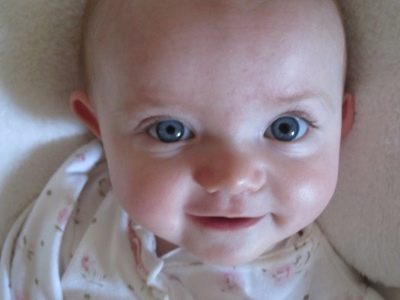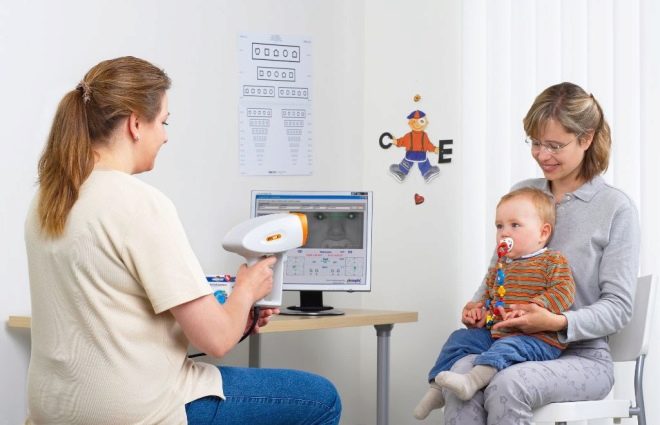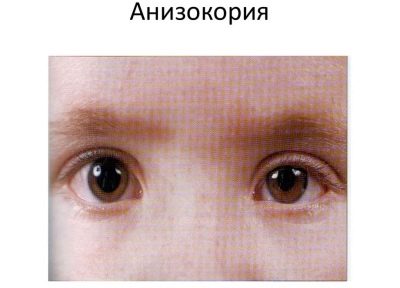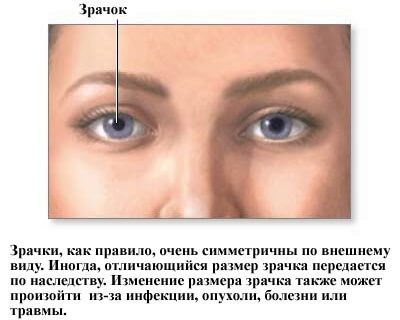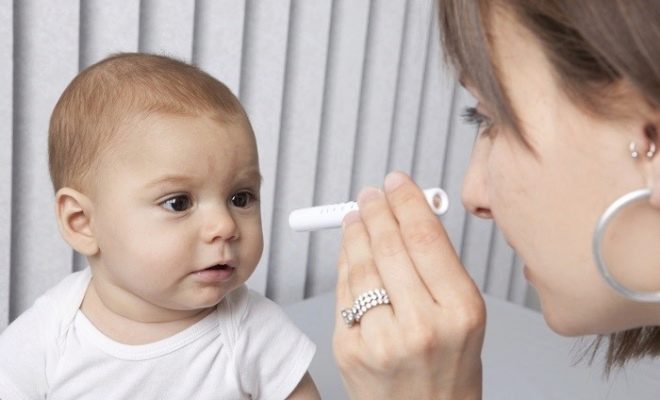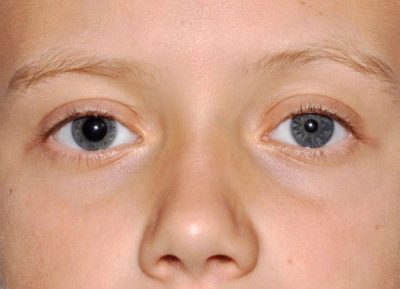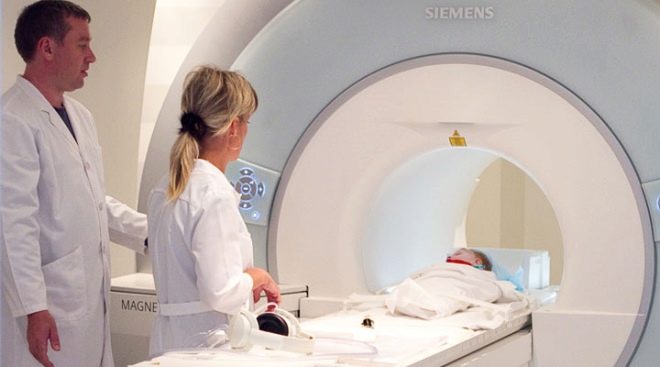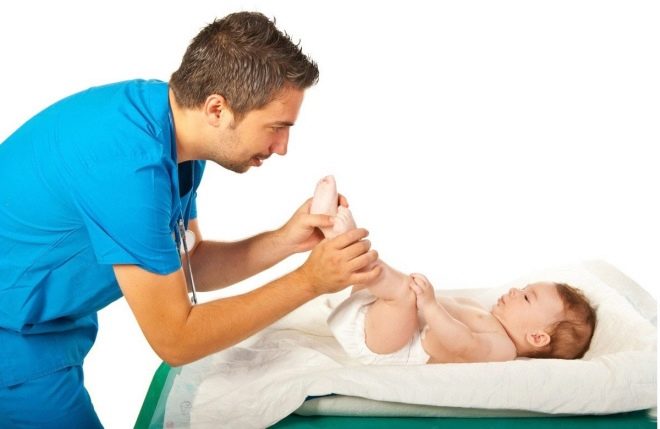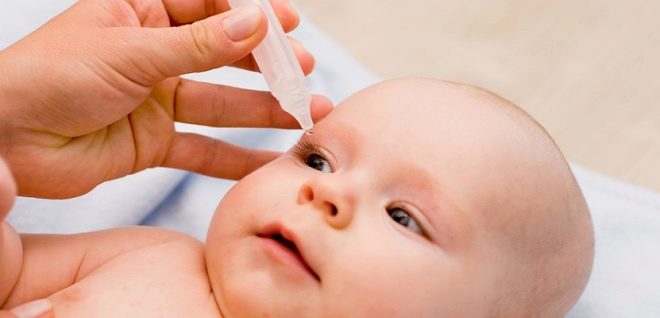Anisocoria - different pupils in size in a child
Pupils of different sizes - the spectacle is not the most familiar. Therefore, parents of children who have such asymmetry are rightly alarmed. Whether anisocoria is dangerous and why it arises will be discussed in this article.
What it is?
Different size of pupils in the language of doctors is called anisocoria. It is by no means an independent disease, but only a symptom of certain disorders in the body.
Therefore, it is not the symptom itself that should be identified and treated, but the true cause that led the pupils to acquire a different diameter.
The pupil is created by nature and evolution so that the number of rays falling on the retina is regulated. Thus, when bright light gets into the eyes, the pupils narrow, limiting the number of rays, protecting the retina. But in low light pupils dilate, which allows more rays to fall on the retina and form an image in conditions of poor visibility.
With anisocoria for several reasons one pupil stops working normallywhile the second operates in accordance with the norms. In which direction the “sick” pupil will change - increase or decrease, depends on the causes and nature of the lesion.
Causes
The reasons for the asymmetric diameter of the pupils in a child may be different. This and physiology, which are, under certain circumstances, quite natural, and pathology, and a genetic feature that a baby can inherit from someone from relatives.
Physiological
Such completely natural causes of imbalance are usually observed in every fifth child. In addition, for many children, the problem passes by itself closer to 6-7 years. The expansion of the pupil can be affected by the intake of certain medications, such as psychostimulants, severe stress, vivid emotions, the fright that the child has experienced, and the insufficiency or instability of the lighting where the child spends most of the time.
In most cases, there is symmetrical reduction or increase in pupils relative to normalbut this is not always the case. And then they talk about the physiological anisocoria. It is quite simple to distinguish it from pathology - it’s enough to light a child in the eyes with a flashlight. If both pupils react to a change in light, then pathology is most likely not. In the absence of one pupil, a change in the intensity of artificial illumination suggests a pathological anisocoria.
The physiological difference between the diameters of the pupils is not more than 1 mm.
Pathologies
For pathological causes, one pupil is not just visually larger than the other, the functionality of the pupils changes. Healthy continues to respond adequately to light tests, to changes in lighting, to the release of hormones (including fear, stress), and the second is fixed in an abnormally extended or narrowed position.
Congenital anisocoria in infants may be due to a violation of the structure of the iris.
More rarely, the reason lies in the underdevelopment of the brain and the dysfunction of the nerves that set in motion the eye muscles, the sphincter of the pupil.
The acquired problem in babies can be aftermath of birth traumaespecially if the cervical vertebrae were injured. Such anisocoria is diagnosed already in the newborn, as well as the genetic asymmetry of the pupils.
Pupils of different sizes can be a sign of traumatic brain injury.If a symptom first manifests itself after a fall, a blow with a head, then it is considered one of the main ones in the diagnosis of traumatic changes in the brain. Thus, by the nature of anisocoria, it is possible to determine which part of the brain is under the most severe pressure in a cerebral hematoma, in a brain contusion.
Other reasons
Other causes:
-
Taking narcotic drugs. At the same time, parents will be able to notice other oddities in the behavior of their child (usually adolescence).
-
Tumor. Some tumors, including malignant, if they are deployed inside the skull, may well put pressure on the visual centers during growth, as well as interfere with the normal functioning of the nervous pathways, through which the brain receives a signal to the organs of vision to narrow or expand the pupil depending conditions
-
Infectious diseases. Anisocoria can be one of the symptoms of an infectious disease, in which the inflammatory process begins in the membranes or tissues of the brain - with meningitis or encephalitis.
-
Eye injuries. Usually, dull sphincter pupil injuries lead to anisocoria.
-
Diseases of the nervous system. Pathology of the autonomic nervous system, in particular, cranial nerves, the third pair of which is responsible for the pupil's ability to reduce, can lead to asymmetry of the pupil diameters.
Diseases causing anisocoria:
Horner's syndrome - in addition to the reduction of one pupil, there is a recession of the eyeball and ptosis of the upper eyelid (eyelid ptosis);
glaucoma - in addition to the constriction of the pupil, there are severe headaches caused by increased intracranial pressure;
the Argyll-Robinson phenomenon is a syphilitic lesion of the nervous system, in which photosensitivity decreases;
Parino syndrome - in addition to the asymmetry of the pupils, there are multiple neurological symptoms associated with damage to the midbrain.
Symptoms
The symptom does not require special observation from adults. When one pupil exceeds the norm by more than 1 mm, it becomes noticeable even to a non-professional, and certainly not to hide from the careful look of a caring mother.
Anisocoria should always be examined by two specialists - an oculist and a neurologist.
It’s not worth waiting for the eyes to take on the normal appearance that the difference will disappear itself (as some parents believe that children under 4 months have different pupils in general is almost the norm). Timely examination will eliminate the unpleasant symptom and its causes completely.
A doctor should urgently go if the child not only has pupils of different sizes, but also has a severe headache, nausea, if asymmetries were preceded by a fall, head blows, other injuries, if the child starts to be afraid of bright light, his eyes or tears He complains that he began to see worse and the image is twofold.
Diagnostics
The task of the doctor is to find an unhealthy pupil, to determine which of the two pupils suffers and which one works in a regular mode. If the symptoms increase with bright artificial light, doctors tend to believe that the reason lies in the defeat of the oculomotor nerve. In this case, the sick pupil is usually dilated.
If testing with light shows that the child feels worse when there is a lack of lighting or in the dark, then the reason is more likely to be caused by damage to the brain stem structures. The pathologically altered pupil is narrowed at the same time and does not expand in the dark.
After inspection MRI is given to the child. This method allows you to confirm or refute the preliminary findings, as well as to clarify the "problem" place.
Treatment
The famous pediatrician, the favorite of many mothers of the world, Yevgeny Komarovsky, warns parents against self-treatment. Different in size pupils - the task for qualified doctors, no decoctions, lotions and miracle drops at home with anisocoria will not help.If the physiological anisocoria is diagnosed, you should not worry, it is enough to visit an ophthalmologist in 3-4 years to check your eyesight. In most cases, the asymmetry of the diameter of the pupils on the visual acuity of the child has no effect.
The method of treatment of anisocoria depends on the true cause of the phenomenon. When ophthalmic injury eye doctor prescribes anti-inflammatory drops, antibiotics, to eliminate the inflammatory post-traumatic syndrome. If the cause is a tumor in the brain, it is prescribed medication or surgical removal of the tumor.
If the true reason lies in the violation of the neurological plan, the treatment prescribed by the neurologist comes to the first place - a complex of massage, medications, and physiotherapy.
The child is shown reception nootropic drugs, improving cerebral circulation, as well as after the received craniocerebral injury.
Doctors Forecasts
Projections for anisocoria depend only on how quickly the true cause of the disease is revealed, and on how quickly and effectively the child will receive the necessary treatment.
Congenital pathology successfully treated surgically. If there is no possibility to carry out the operation for a number of reasons, the child is prescribed drops in the eyes, which, if taken systematically, will maintain his vision normal. With respect to acquired anisocoria, the prognoses are more favorable, while some congenital cases remain with the child for life and are not subject to correction.
How to determine the diagnosis of the pupil, see the following video.

